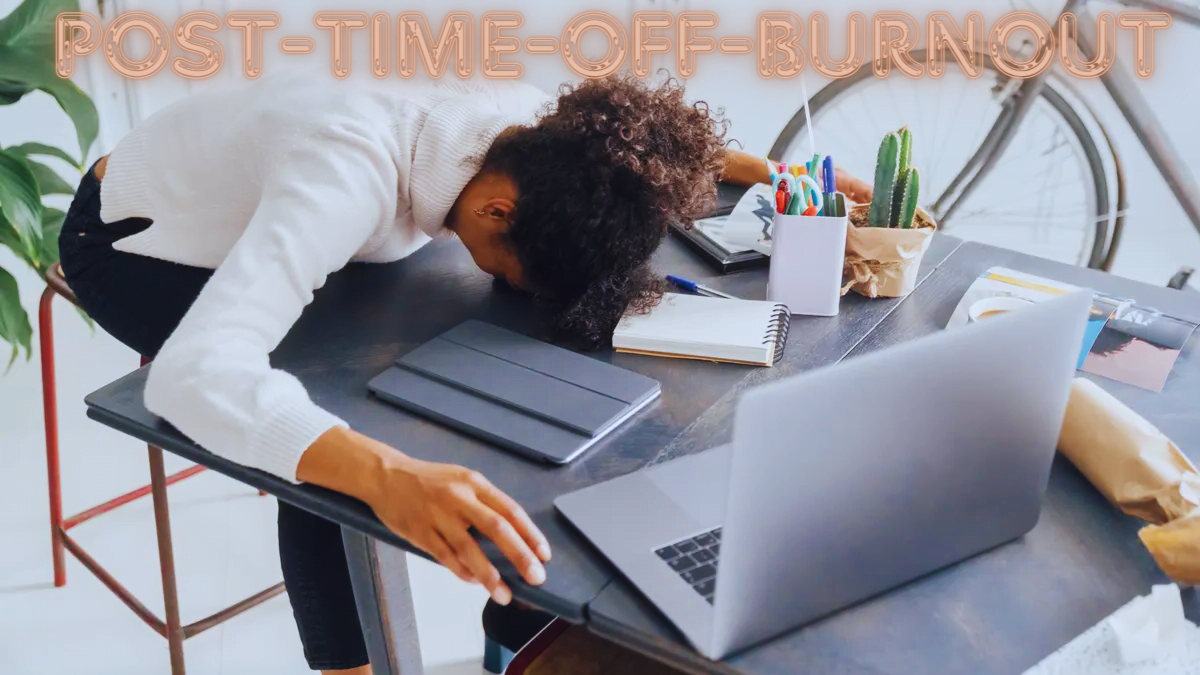Time off, a period anticipated for relaxation and rejuvenation can paradoxically lead to post-vacation burnout as individuals return to their professional lives. This article delves into post-time-off burnout through a nationwide survey, shedding light on the prevalence, causes, and impact of returning to work with a clouded mind. By exploring the survey findings, we aim to uncover the nuances of this widespread issue and provide insights into potential strategies for individuals and organizations to navigate the post-time-off period more effectively.
Survey Methodology:
A nationwide survey reached out to professionals across various industries and job roles. Participants were asked to share their experiences and perspectives on post-time-off burnout through questions designed to uncover the prevalence, causes, and consequences of returning to work with a clouded mind after some time off.
Key Findings:
Prevalence of Post-Time-Off Burnout:
87% of respondents reported experiencing post-time-off burnout at least once in their professional careers.
56% indicated that they consistently felt a clouded mind upon returning to work after time off.
Factors Contributing to Post-Time-Off Burnout:
The top three factors contributing to post-time-off burnout were identified as workload backlog (72%), the pressure to catch up quickly (64%), and the overwhelming volume of emails (58%).
26% of respondents mentioned the difficulty of shifting from a relaxed mindset to a work-oriented one as a significant factor.
Impact on Well-being and Productivity:
89% of participants reported a negative impact on their mental well-being due to post-time-off burnout.
72% expressed that their productivity suffered during the initial weeks back at work.
Most (68%) noted a decline in job satisfaction when dealing with post-time-off burnout.
Coping Mechanisms and Strategies:
The most common coping mechanisms reported included taking short breaks throughout the workday (43%), practicing mindfulness (36%), and setting realistic expectations for the return (29%).
Only 12% of respondents indicated that their workplaces actively supported and encouraged a smooth reintegration process.
Strategies for Mitigating Post-Time-Off Burnout:
Gradual Reintegration:
Encourage a gradual reintegration process, allowing employees to return to their roles and responsibilities rather than facing an immediate surge of tasks.
Workload Management:
Implement strategies for managing workload backlog, such as prioritizing tasks, delegating responsibilities, and setting realistic expectations for catching up.
Mindfulness Practices:
Promote mindfulness practices within the workplace, providing resources and support for employees to incorporate mindfulness into their daily routines to help manage stress and improve focus.
Communication and Expectation Setting:
Foster open communication about the challenges of returning to work after time off. Encourage employees to communicate their needs and set realistic expectations for themselves and their colleagues.
Supportive Workplace Culture:
Establish a supportive workplace culture that values employee well-being. Recognize and address the challenges associated with post-time-off burnout, and actively work towards creating an environment that prioritizes mental health.
Conclusion:
The nationwide survey on post-time-off burnout highlights the pervasive nature of this phenomenon and its impact on professionals across various industries. By understanding the causes and consequences of returning to work with a clouded mind, organizations can implement targeted strategies to mitigate post-time-off burnout, fostering a healthier and more sustainable work environment. The findings underscore the importance of recognizing the challenges associated with reintegration after time off and actively working towards creating a workplace that supports the well-being of its employees.
FAQs
Is post-time-off burnout the same as regular workplace burnout?
While they share similarities, post-time-off burnout specifically refers to the stress and exhaustion individuals experience upon returning to work after a vacation or time off.
How long does post-time-off burnout typically last?
The duration of post-time-off burnout varies depending on individual circumstances. Some may experience symptoms for a few days, while others may struggle for weeks.
Can employers take proactive measures to prevent post-time-off burnout?
Yes, employers can implement policies and practices that promote work-life balance, provide support for returning employees, and foster a positive work culture.
Are there any warning signs that indicate post-time-off burnout?
Warning signs of post-time-off burnout may include feelings of dread or anxiety about returning to work, difficulty concentrating, and decreased motivation.
How can employees communicate their post-time-off burnout to their employers?
Employees can schedule a meeting with their supervisor to discuss their concerns and explore potential solutions for easing the transition back to work.
